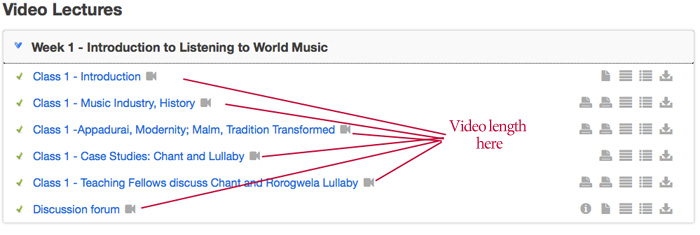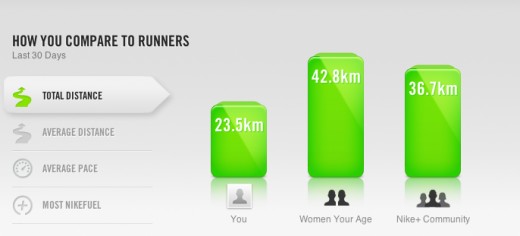What is the value of a critique?
The value of critique is to help us see a phenomenon through a different lens, to help us make sense of something in a different way, and to spark a conversation. This is the purpose, and value, of a paper we recently published with IRRODL on the topic of open scholarship.
The paper identifies the assumptions and challenges of openness and open scholarship and attempts to put forward suggestions for addressing those. A summary of our paper, appears below:
Many scholars hope and anticipate that open practices will broaden access to education and knowledge, reduce costs, enhance the impact and reach of scholarship and education, and foster the development of more equitable, effective, efficient, and transparent scholarly and educational processes. Wiley and Green (2012, pp. 88) note that “only time will tell” whether practices of open scholarship will transform education or whether the movement “will go down in the history books as just another fad that couldn’t live up to its press.” Given the emerging nature of such practices, educators are finding themselves in a position in which they can shape and/or be shaped by openness (Veletsianos, 2010). The intention of this paper is (a) to identify the assumptions of the open scholarship movement and (b) to highlight challenges associated with the movement’s aspirations of broadening access to education and knowledge. The goal of this paper is not to frame open scholarship as a problematic alternative to the status quo. Instead, as we see individuals, institutions, and organizations embrace openness, we have observed a parallel lack of critique of open educational practices. We find that such critiques are largely absent from the educational technology field, as members of the field tend to focus on the promises of educational technologies, rarely pausing to critique its assumptions. Selwyn (2011b, pp. 713) even charges that our field’s inherent positivity “limits the validity and credibility of the field as a site of serious academic endeavour.” Our intention is to spark a conversation with the hopes of creating a more equitable and effective future for digital education and scholarship. To this end, this paper is divided into three major sections. First, we review related literature to introduce the reader to the notion of open scholarship. Next, we discuss the assumptions of openness and open scholarship. We then identify the challenges of open scholarship and discuss how these may limit or problematize its outcomes.
Common assumptions and challenges are summarized as follows:
| Common themes and assumptions | Challenges |
| Open scholarship has a strong ideological basis rooted in an ethical pursuit for democratization, fundamental human rights, equality, and justice. | Are these ideals essential components of the open scholarship movement or are merely incidental to those who are pioneering the field? |
| Open scholarship emphasizes the importance of digital participation for enhanced scholarly outcomes | Scholars need to develop an understanding of participatory cultures and social/digital literacies in order to take full advantage of open scholarship.Need to redesign university curricula to prepare future scholars to account for the changing nature of scholarship.
|
| Open scholarship is treated as an emergent scholarly phenomenon that is co-evolutionary with technological advancements in the larger culture | Technology both shapes and is shaped by practice.Technology is not neutral, and its embedded values may advance tensions and compromises (e.g., flat relationships, homophily, filter bubbles). |
| Open scholarship is seen as a practical and effective means for achieving scholarly aims that are socially valuable | Open scholarship introduces new dilemmas and needs (e.g., personal information management challenges; Social stratification and exclusion). |
Given the topic, the best home for this paper was the International Review Of Research In Open And Distance Learning, through which you can download the paper for free in an open access manner:
Veletsianos, G. & Kimmons, R. (2012). Assumptions and Challenges of Open Scholarship. The International Review Of Research In Open And Distance Learning,13(4), 166-189. [HTML access or PDF access]







